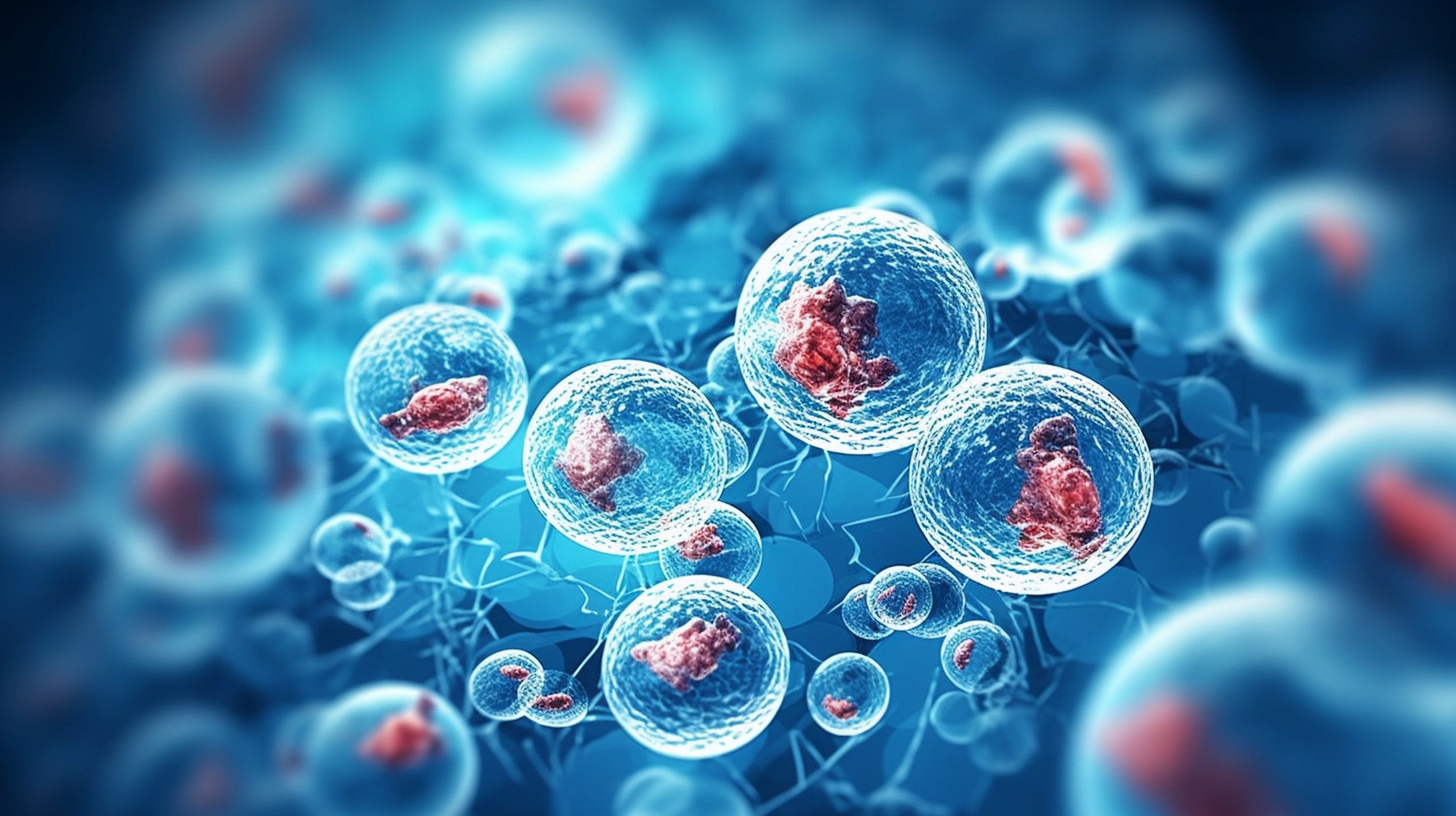Complex cellular self assembly
Developing engineered tissues for tissue replacement has had limited translation as much of the focus is on recreating native tissue architecture. The challenge in this approach is that these approaches don’t account for cellular remodeling. We think differently about this problem. We use our knowledge of development of the embryo (the original tissue engineer) to apply similar mechanical, chemical, and electrical gradients to 3D organotypic tissues and assist them to develop into functional tissue architectures. We have done this in epithelial and vascular tissues. Most recently, we have harnessed endothelial cells’ innate ability to form vascular networks to fabricate large scale vascularized constructs of arbitrary geometries. This allows for a wide range of bulk shapes and sizes, thus making this process ideal for various types of grafts or constructs. Once the vascular plexus has formed, the network goes through phases of strengthening and pruning in response to fluid flows. We are using graph theory to computationally model the network as a series of nodes and edges to predict how different fluid regimes dictate the structure of the resulting network of arteries, veins, and capillaries. We are working in parallel to generate a hierarchical in vitro vascular network with perfusable ports, allowing for the introduction of flow, which is a critical component of the physiological microenvironment. We have developed an injectable, self-healing hydrogel to support the development of modular, perfusable, hierarchical vascular networks that incorporate stromal cell populations.
